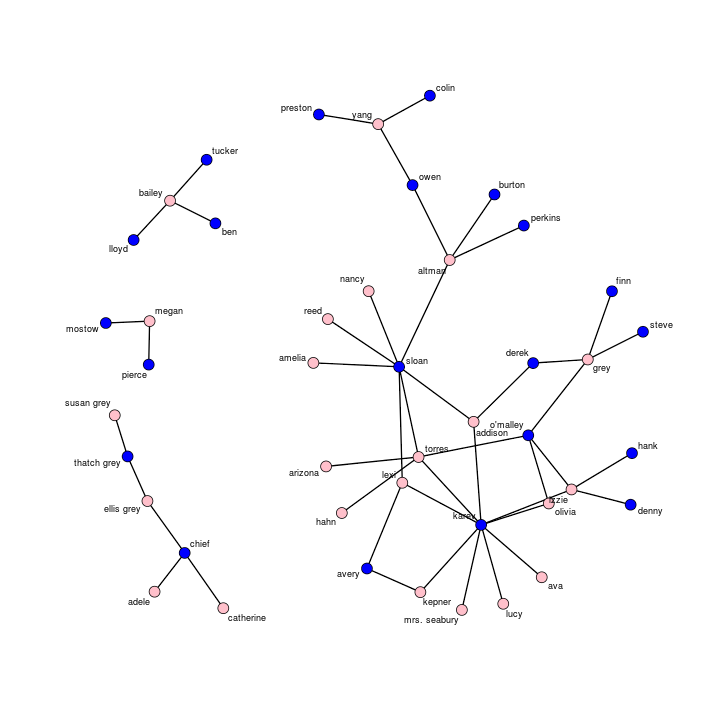A nice UI for browsing a database of academic papers: Marian Dörk’s PivotPaths. It arranges papers matching a search term along with a sort of linked tag-cloud of authors and other keywords for easy navigation. All the interaction is really nice (try dragging a line between two authors to compare them!). Papers queried from Microsoft Academic Search. Find it interesting how looking at a different database for my standard search terms reveals unfamiliar sets of papers (my vanity queries turned up nothing in the viz, tho they do have hits in Microsoft Academic Search). Would be really cool if you could point it to google scholar also to compare coverage. I like that, even ‘tho it was built at Microsoft Research, it uses open web standards! (SVG, oog). Have we reached the point where the best way to publicize a new data service is to get someone to build a viz with it? Via infosthetics.
Monthly Archives: October 2012
The Other Kind of Network Marketing
Oakland political economy journalist/blogger Darwin BondGraham has an interesting article about a court case that appears to reveal massive collusion between private equity firms to manipulate markets and cheat investors when doing leveraged buyouts (I think thats what “LBO” stands for?) of public companies. Darwin includes some network diagrams, apparently bi-partite networks of the major firms and their shady deals extracted from Dahl v. Bain court documents unsealed by the NYT. The document is a surprisingly riveting read, kind of like techno-thriller-horror script.
50 nets of Grey
Just saw this really nice blog post at badhession.org explaining how to do Exponential Random Graph Modeling (ERGM) using a sexual-hookup network from the TV show Grey’s Anatomy.
I do some work on some of the dynamics packages in statnet (‘tho not the amazing stats part demoed in the post) so its great to have something to point to explain what the project can do. Now we just need to go back and add the timing information to the edges (who was partnered in which episodes) to be able to estimate the number of concurrent partnerships and look at the epidemic-spreading potential of the network…
(via Brian Keegan)



